Maximizing Youth Soccer Performance: The Importance of Off-Season Strength and Conditioning
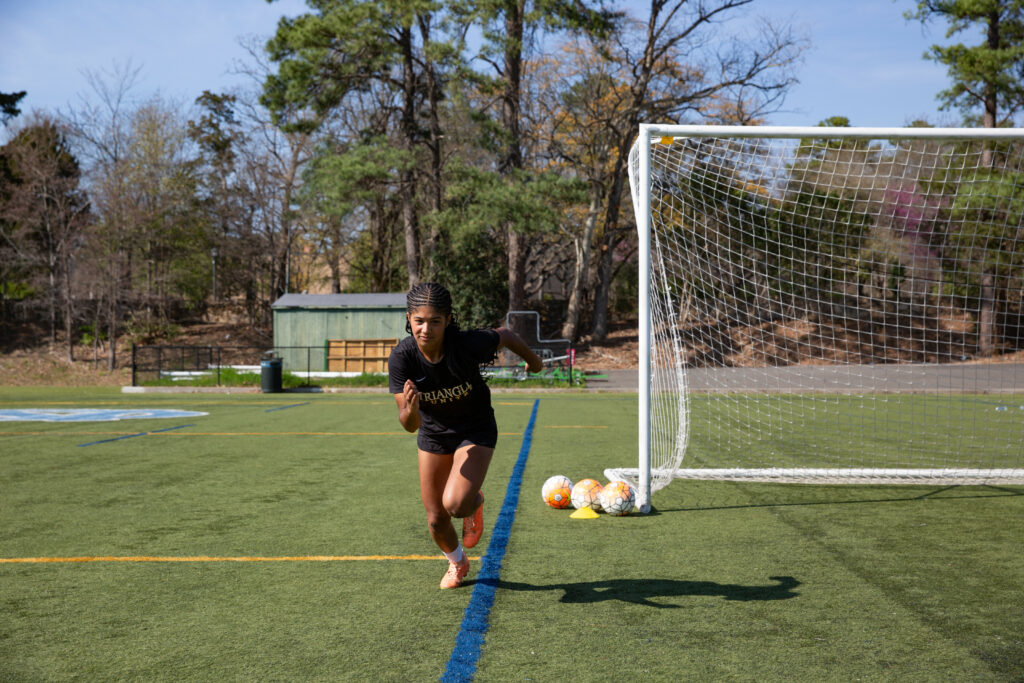
As professional youth performance development coaches with years of experience in shaping young athletes, we understand the critical role that off-season strength and conditioning programs play in the development of youth soccer players. While honing technical skills is undoubtedly vital, dedicating time to enhance athleticism during the off-season can truly elevate a player’s game to […]
The Power of Strength Training for Young Athletes: Building Strong Bodies and Minds
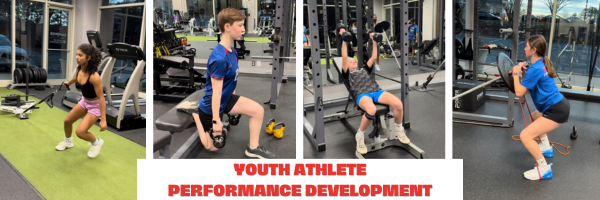
A common question that parents of young athletes and children may ask at some point in their adolescent years, “is it safe for my child to engage in resistance or strength training?” The answer? Absolutely. With proper form and technique, it is not only safe, but hugely beneficial for all kids to begin strength training. […]
Importance of Evaluating Youth Athletes Prior to Training
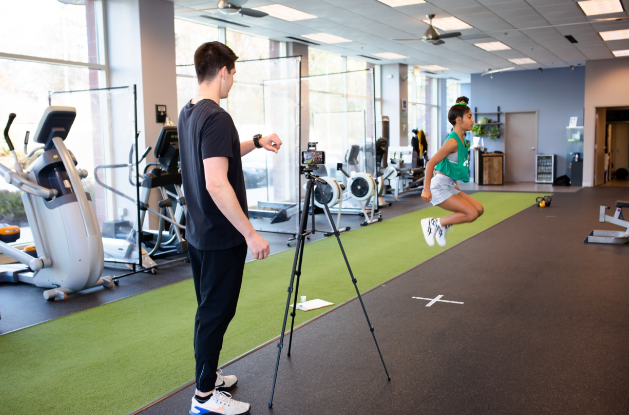
There are many considerations when working with developing youth athletes. All kids develop at different rates and have varying amounts of experience. Because of this, there is not a one-size-fits-all exercise program for all youth athletes. These children and adolescents require a detailed evaluation. During our evaluation, we will measure your athletes: Physical maturational age […]
Youth Athlete Development
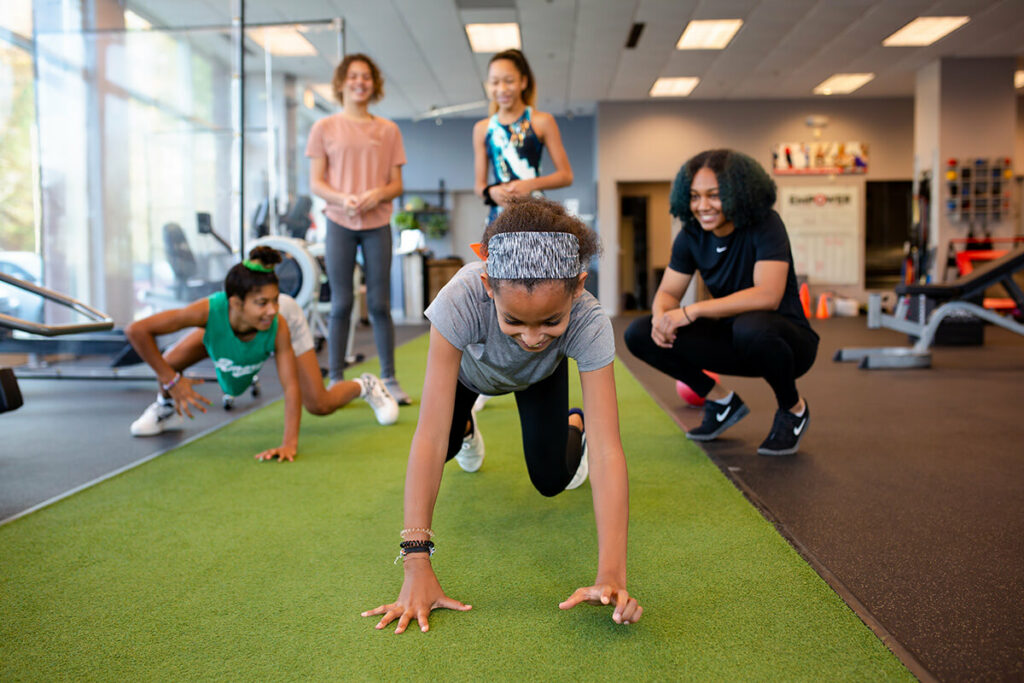
Youth AthletePerformance Development ProgramBy Dr. Chris Bruscato in partnership with Empower Fitness Empower is thrilled to be partnering with Dr. Chris Bruscato PT, DPT, LAT, ATC, XPS to bring this NEW and exciting program to the Empower community. Chris is a physical therapist, athletic trainer, and performance coach with a special interest in sports medicine, performance, […]
Mindful Movement & Meditation
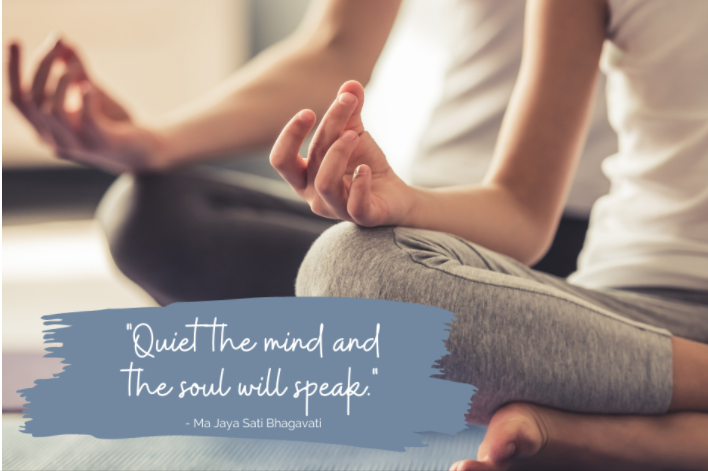
Mindful Movement and Meditation: 4 Week Series – Sundays, 4:00 – 4:45 pm Starting Oct. 17th If you are one of the majority who thinks you can’t meditate because you can’t sit still, we designed this class for you. By incorporating qigong and tai chi-inspired movements prior to meditation, you will release built up energy […]
5 Exercises to Help Elevate Your Tennis Game
Professionals may make it look easy running back and forth across the court, often for several hours at a time, but playing the sport of tennis requires a high degree of both strength and coordination. To perform at their best, a tennis player needs the right mix of endurance, speed and agility, as well as explosive strength and power. […]
5 Secrets of the Pros
Thinking back over the years, how many lessons have you had that made a long-term impact on your golf game? If I had to guess, I would say that the lessons early on in your golf career dramatically helped you improve, but since then you have probably only found a couple gems that […]
Yoga Blog: Breathing…It’s kind of important
Breathing…It’s kind of important … So, let’s take a look at how to do it right! I remember sitting in my very first yoga class and being asked to find a comfortable seated position. I was then asked to become aware of my breath and my brain immediately went to thoughts of “…Huh?” “What […]

